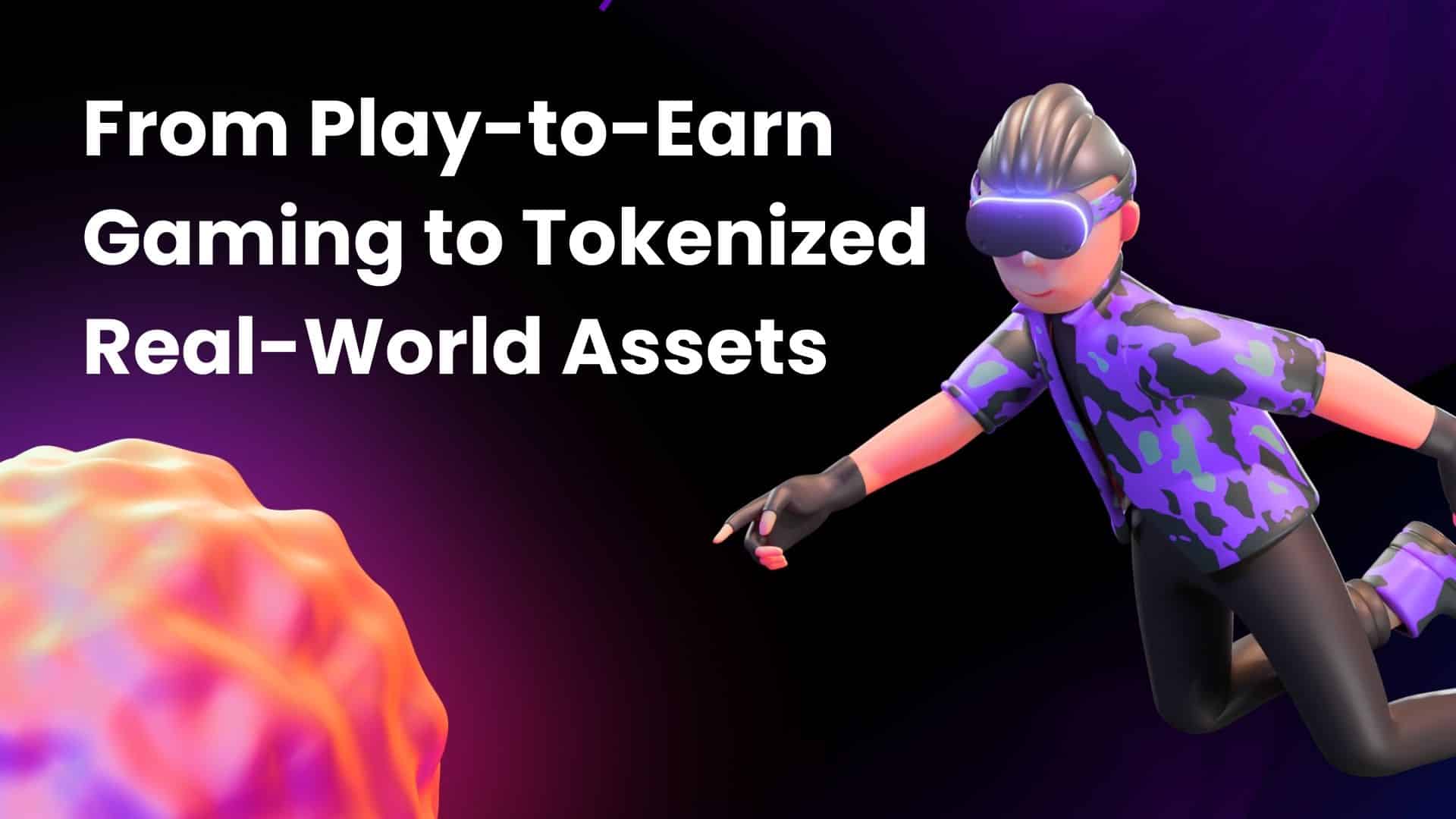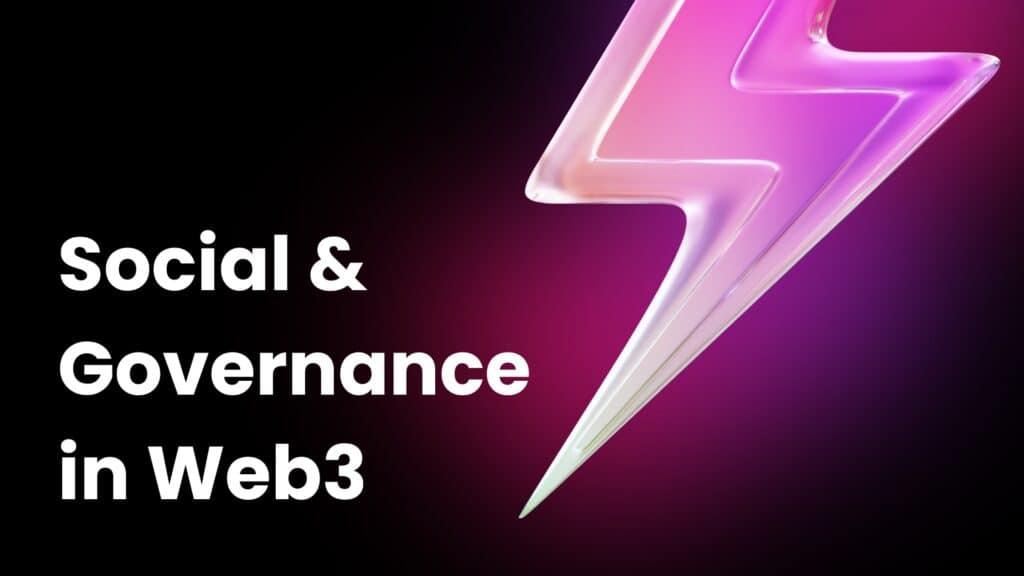

When most people hear the word Web3, they think of NFTs, cryptocurrencies, or the metaverse. But at its core, Social & Governance in Web3 isn’t just about technology—it’s about people, trust, and community decision-making. The way we connect, organize, and build online ecosystems is being redefined.
This transformation is being powered by social and governance mechanisms in Web3. From on-chain reputation systems and decentralized voting to SocialFi platforms and blockchain-powered philanthropy, the future of how we interact digitally is being rewritten.
For Web2 professionals, educators, entrepreneurs, and creators looking to transition into Web3, understanding these social and governance layers is essential. These aren’t abstract buzzwords—they’re real-world innovations shaping business models, nonprofit fundraising, and even education.
At AmplifyWeb3.ai and ATTN.LIVE, we are passionate about simplifying these concepts, empowering people to embrace blockchain technology with confidence and purpose.
In this blog, we’ll explore:
In Web2, reputation is built through followers, likes, reviews, and LinkedIn endorsements. These metrics are often centralized—controlled by platforms like Facebook, Google, or Twitter (X).
But in Social & Governance in Web3, reputation lives on-chain.
For example, POAPs (Proof of Attendance Protocols) allow participants to collect digital badges when they attend events or contribute to projects. Over time, this builds a transparent, verifiable resume of blockchain actions.
This approach solves a key Web2 issue: fake reviews, fake followers, and false claims of expertise. In Web3, your actions speak for you—and they are verifiable on-chain.
How AmplifyWeb3.ai Helps:
We help individuals build and showcase their digital reputation in a way that’s transparent, authentic, and blockchain-backed. For educators, entrepreneurs, and creators transitioning to Web3, this means no more relying solely on centralized platforms for credibility.
Imagine if Facebook users could vote directly on whether ads should increase or decrease, or if employees of a company could vote transparently on future strategies. In Web2, this isn’t possible because decision-making is centralized.
In Web3, however, DAO governance is changing the rules.
What is a DAO?
A DAO (Decentralized Autonomous Organization) is a community-led group with no central authority. Decisions are made through smart contracts and token-based voting.
How does DAO voting work?
Examples:
The strength of DAO voting lies in transparency and inclusion. Instead of decisions being made behind closed doors, everyone can see how votes are cast and outcomes determined.
How ATTN.LIVE Supports DAO Principles:
By turning voices into NFTs, ATTN.LIVE enables individuals to participate, vote, and influence governance models with authenticity.
In Web2, social platforms profit massively from user-generated content, while creators fight for small ad revenue scraps.
Enter SocialFi (Social Finance)—a key part of Social & Governance in Web3.
SocialFi platforms blend social engagement with tokenized rewards:
Examples: Friend.tech and decentralized social networks like Lens Protocol.
This is the future of social networking: one where social capital becomes financial value.
How AmplifyWeb3.ai Guides Web2 Professionals:
We provide educational resources for creators and entrepreneurs transitioning into SocialFi, showing them how to monetize engagement in decentralized communities.
Philanthropy has always struggled with one issue: trust. Donors often wonder:
Social & Governance in Web3 solves this through blockchain-powered philanthropy.
Examples:
How ATTN.LIVE Aligns with Transparent Giving:
By minting campaign voices and stories into NFTs, donors and philanthropists can track impact in real-time—bringing storytelling and accountability together.
The ideas above—reputation, DAO voting, SocialFi, philanthropy—can feel overwhelming to Web2 newcomers. That’s why AmplifyWeb3.ai and ATTN.LIVE exist.
Together, these platforms make Social & Governance in Web3 approachable, ensuring Web2 professionals aren’t left behind but instead positioned as leaders.

The shift from Web2 to Web3 is more than just a technological upgrade—it is a cultural transformation in trust, participation, and transparency. Social & Governance in Web3 represents a new way of building communities where people—not platforms—hold the power.
For entrepreneurs, educators, and creators, this means Web3 is not just a new set of tools—it is a framework for digital trust and collective growth. By adopting social and governance practices in Web3, organizations can move beyond short-term hype and build long-term value.
At the same time, the success of this ecosystem depends on education and accessibility. Without guidance, many Web2 professionals may feel overwhelmed by terms like DAOs, DIDs, and SocialFi. That’s why platforms such as AmplifyWeb3.ai and ATTN.LIVE play a crucial role in bridging the knowledge gap, making these innovations approachable and actionable.
Ultimately, Social & Governance in Web3 reminds us that technology alone cannot build trust—people and communities do. Blockchain provides the infrastructure, but it is human collaboration, fairness, and transparency that will define the future.
If you are a professional, a nonprofit leader, or simply curious about the digital frontier, now is the time to engage. By participating in Web3 governance models, experimenting with SocialFi platforms, or supporting blockchain-based philanthropy, you are not just adopting technology—you are helping shape a more transparent and inclusive digital society.
The message is clear: Web3 is not only about ownership of assets, but also about ownership of decisions, voices, and impact. Social & Governance in Web3 will be the foundation that ensures this future is fair, accountable, and community-driven.